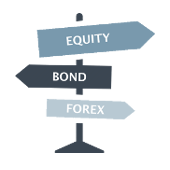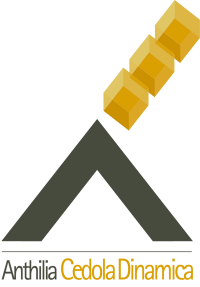Investible Universe
The universe of funds on the market is subdivided into three major macro-categories: Passive Funds or Benchmark-driven, Total Return Funds, Absolute Return Funds.

Passive funds
Fund Manager discretionary decisions are minimal and rare, as a consequence portfolio flexibility is negligible. Investment in this type of products gives access to a specific market leaving the Fund manager a negligible and in most cases none discretion in allocating the investment. ETFs and Fund at benchmark are part of this category

Total Return funds
Partial Management Delegation. Products with a specific market geography and a variable exposure level depending on the market context. The goal of these strategies is to provide a higher risk-adjusted return than the reference market

Absolute Return funds
The return of this kind of funds does not depend on the performance of a specific market. Portfolio flexibility and management techniques allow the fund manager to modulate risk and achieve positive returns even in adverse market phases
Anthilia’s Focus
Total Return and Absolute Return Funds have a higher level of proxy exposure than the Passive Funds (benchmark products, ETFs, Smart Beta) both in terms of portfolio allocation and risk. Anthilia’s offer focuses on these two types of products.The investor entrusts the manager with the task of modifying the portfolio to capture market opportunities and reduce risks in adverse phases
Investment Process
Products











 Italiano
Italiano English
English